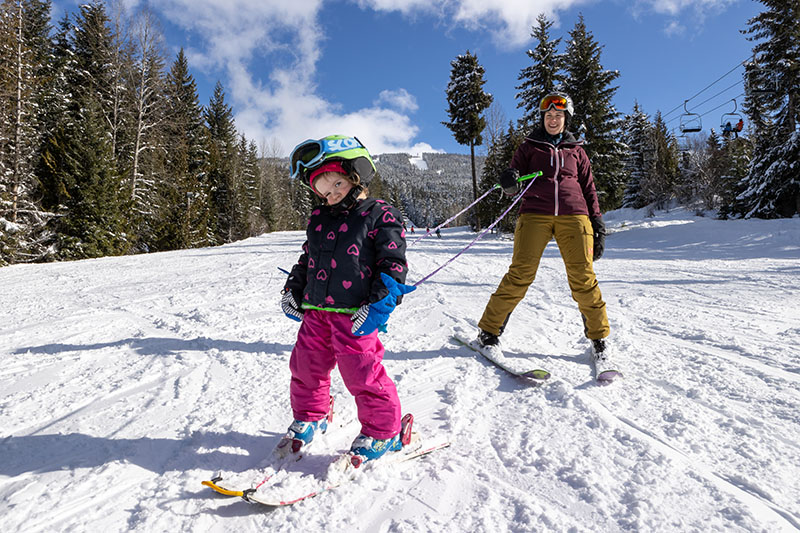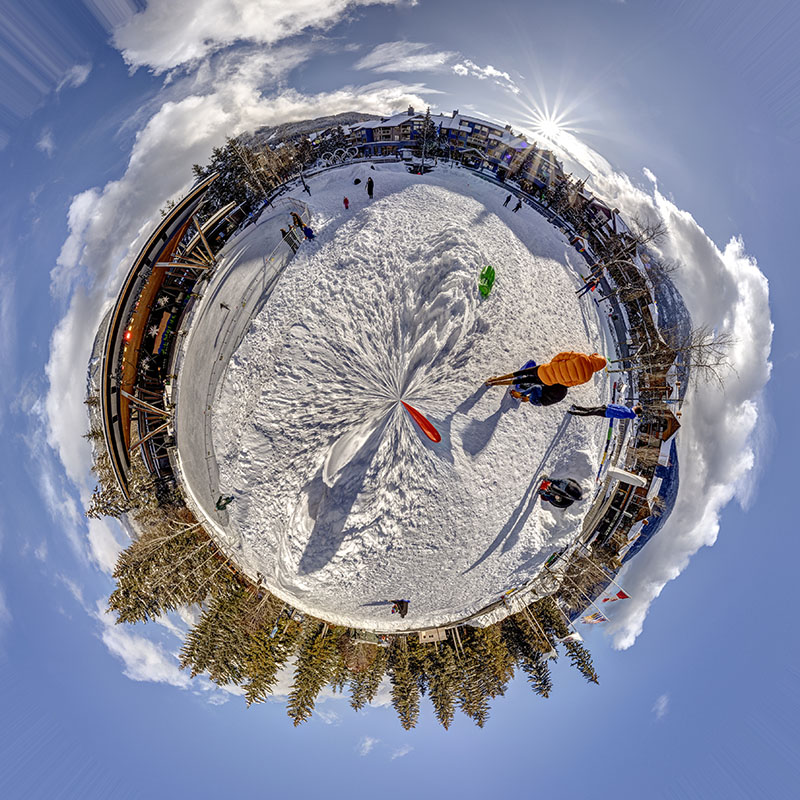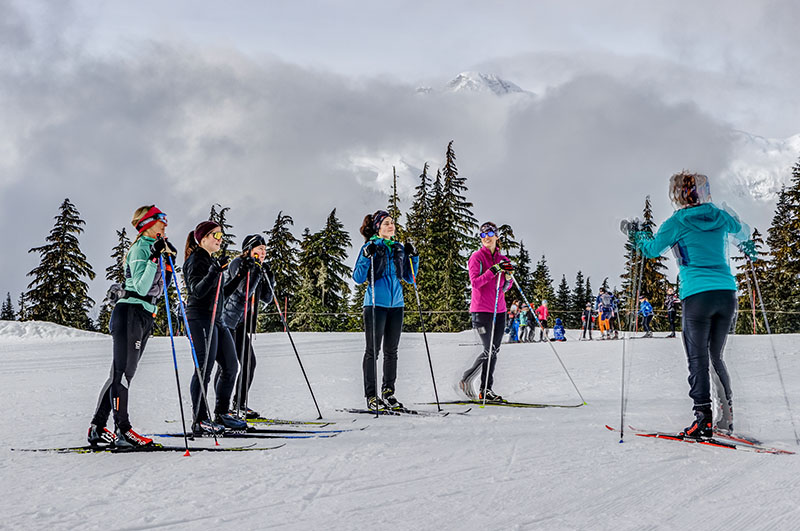WHISTLER Welcome to Sea to Sky Country
Story by David Burke | Images by Joern Rohde
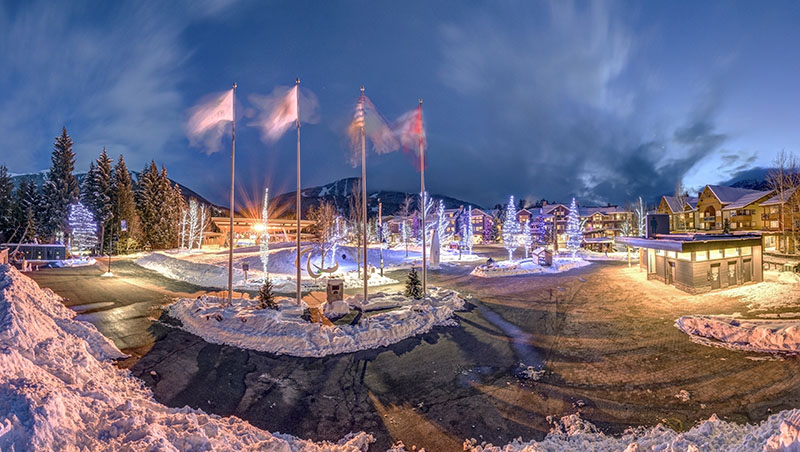
The Herculean landscape one encounters on the approach to Whistler from the south is definitely part of the overall resort experience.
The awe-inspiring views of Howe Sound and the first glimpses of snow-capped peaks of the Tantalus Range are a fitting prelude to all that the resort named TripAdvisor’s No. 1 “Best Places to Ski – World” has to offer — unparalleled big-mountain skiing and riding, to be sure, but also the varied and vibrant dining and nightlife, incredible artistic and cultural offerings, and unmatched attractions such as the Peak 2 Peak Gondola.
Whether you’re a first-time visitor or a seasoned regular, the sheer variety of places to visit and experiences to be had here is impressive. Each time you visit, there’s bound to be something new.
Whistler boasts the longest ski and snowboard season in North America, keeping powderhounds happy from November to July. Some 3 million guests flock to the resort each year, staying in lodgings ranging from cozy and rustic to upscale and luxurious. The diversity of shops, restaurants, galleries, watering holes, and activities here is second to none.
The Sea to Sky Corridor has long been considered a special place. From before recorded history, the region was and remains part of the unceded territories of the Squamish and Lil’wat Nations, whose traditional lands overlap in the Whistler area. For millennia before the arrival of the first Europeans, the Whistler area was frequented by the coastal Squamish and interior Lil’wat peoples for hunting, berry picking and vision quests. The vibrant lifestyles, art and cultures of the two neighbouring First Nations are showcased at the renowned Squamish Lil’wat Cultural Centre on Lorimer Road.
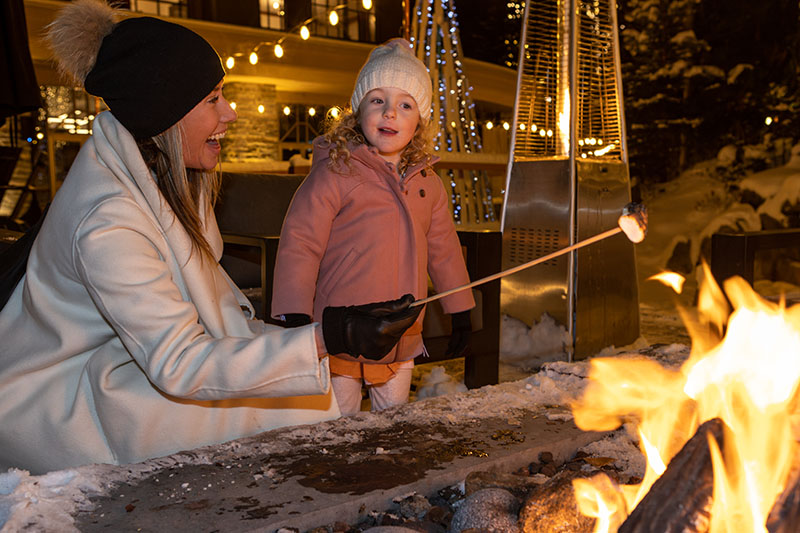
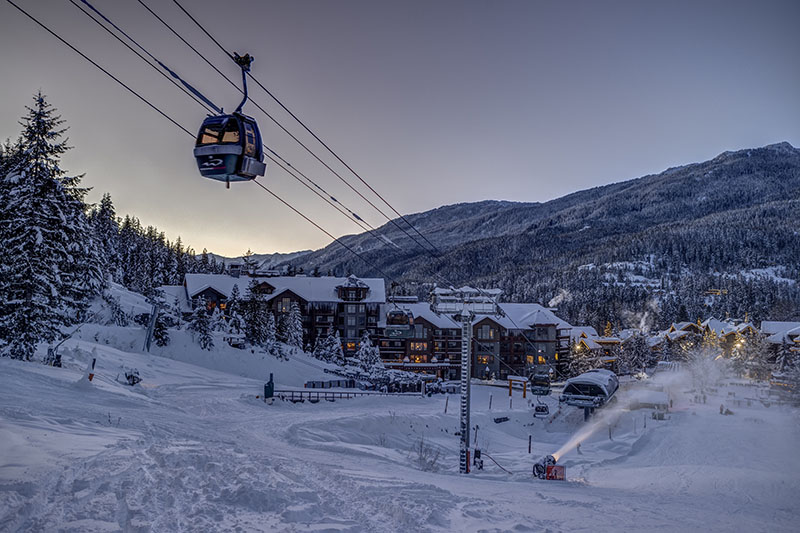
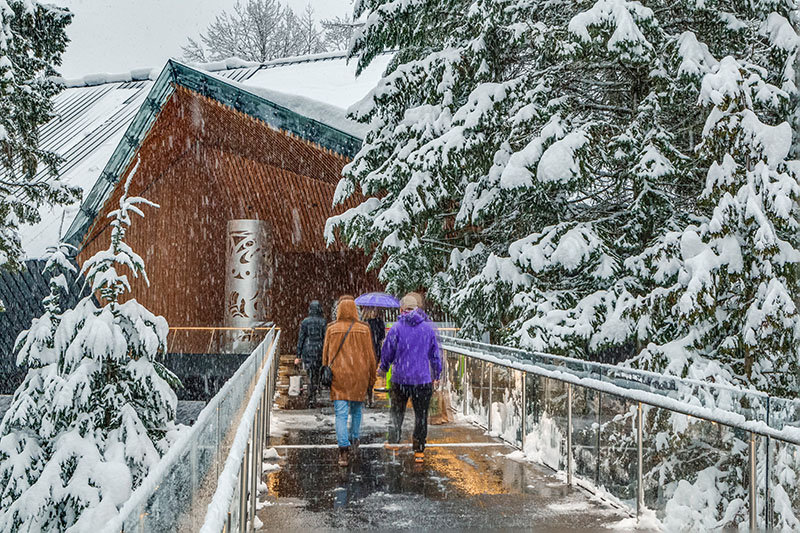
The community — then known as Alta Lake — became known as a summertime fishing resort when Alex and Myrtle Philip opened Rainbow Lodge in 1914. In 1960, Norwegian immigrant Franz Wilhelmsen arrived in the area with a group of business partners, looking to build a ski resort that could be part of a bid for the 1968 Winter Olympics. Whistler Mountain opened to skiers in 1966, and while that Olympic bid was unsuccessful, Wilhelmsen’s dream of hosting the Games came to fruition when it served as Host Mountain Resort for the 2010 Olympics and Paralympics.
During the Games, Whistler hosted alpine skiing at Creekside; bobsleigh, skeleton and luge athletes slid for gold at the Whistler Sliding Centre; and cross-country skiing, biathlon, ski jumping and Nordic combined took place at Whistler Olympic Park (WOP), about 15 kilometres southwest of town.
Several sets of Olympic rings and “inukshuks” — Inuit-inspired symbols of welcome used during the Games — can be found in the resort. At Whistler Olympic Plaza, where the medal ceremonies occurred in 2010, you’ll find one of the cauldrons from which the Olympic and Paralympic flames burned brightly and a display showing the Games medal winners. The plaza is a great place to hang out, skate on its outdoor rink, and enjoy the offerings of nearby cafés and eateries.
Whistler Blackcomb’s (WB) parent company, Vail Resorts, has recently added new infrastructure to complement the mountains’ incomparable 8,171 acres (3,306 hectares) of skiable terrain. In 2018, the addition of the Blackcomb Gondola gave WB the distinction of having the world’s first three-gondola, continuous connection (along with the Peak 2 Peak and Whistler Mountain gondolas). In late 2022, a new, 10-person Creekside Gondola and a new “six-pack” high-speed Big Red Express were added on Whistler Mountain. For this season, a new, “eight-pack” lift was set to replace the old four-person Fitzsimmons Express, reducing wait times at the Whistler Mountain base and increasing uphill capacity by 73 per cent.
Opened in 2016, the Audain Art Museum features both visiting and permanent exhibitions of world-class art, including one of the world’s best collections of Northwest Coast Native art. The Audain’s opening only enhanced Whistler’s reputation as a destination for art lovers, adding to the richness of the resort’s many and diverse private galleries.
In winter you can experience the exhilaration of a snowmobile tour, commune with the elements on a snowy zipline tour, learn to cross-country ski, unleash your inner child amid thousands of twinkling lights on a dazzling nighttime forest stroll, or take the breathtaking plunge on the end of a bungee cord.
Looking to relax and rejuvenate after the day’s adventures? Whistler boasts a wide variety of spas, offering treatments and experiences that aim to leave you feeling refreshed and eager for the next day’s activities.
With so much to see and do here, you’ll want to be sure you have your phone or camera has enough space to capture the countless memories to be made. It’s likely that by the end of your Whistler visit, you’ll agree with the millions of others who’ve found that when it comes to winter fun, there’s no more magical place to be.
For help planning your trip, visit whistlertraveller.com or tourismwhistler.com.
